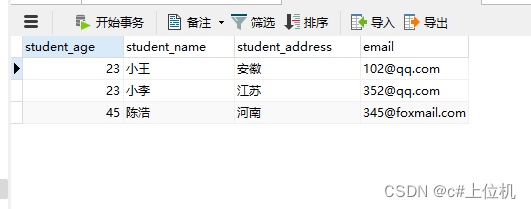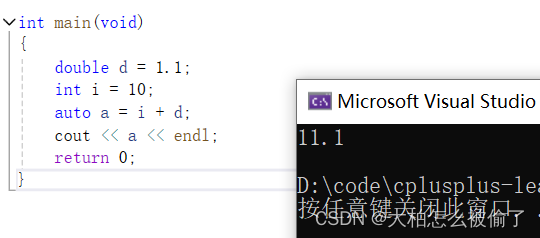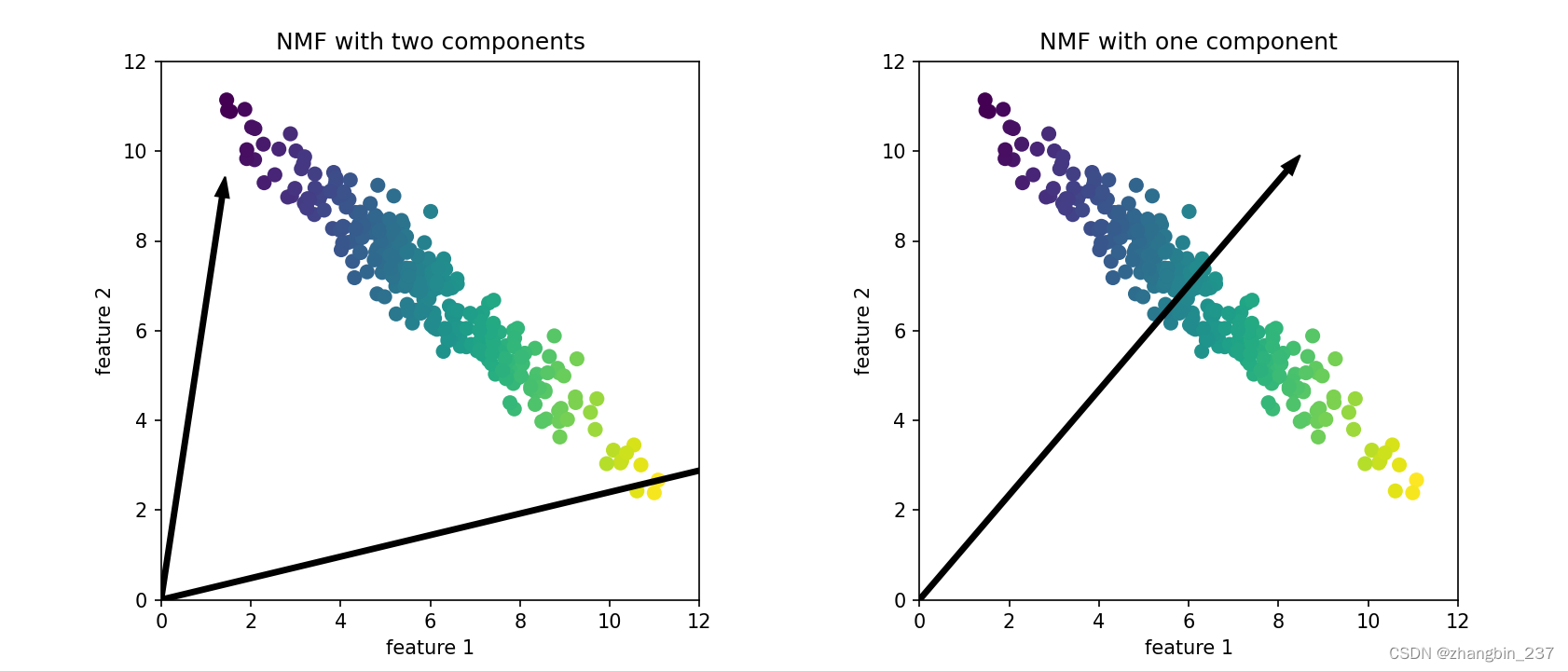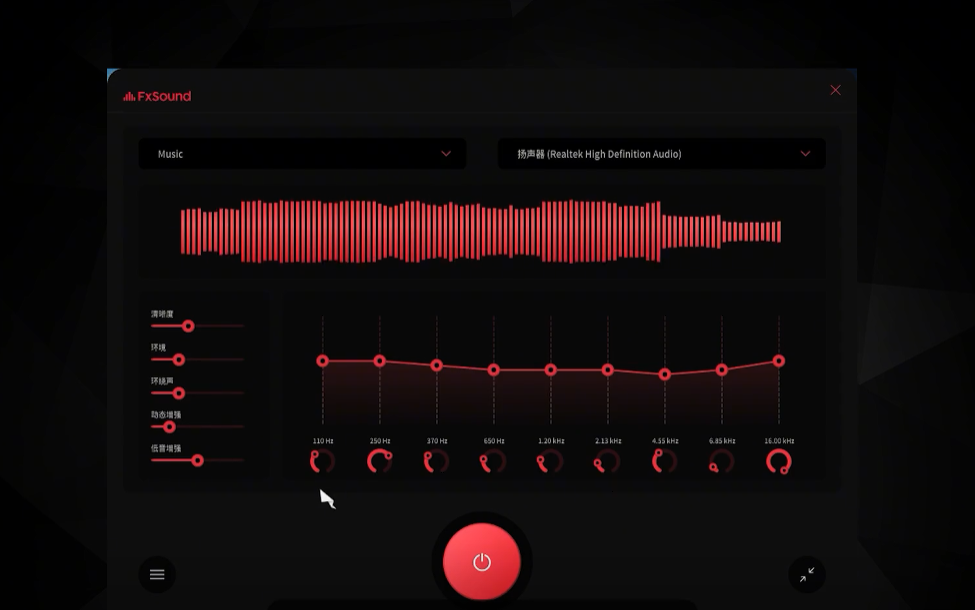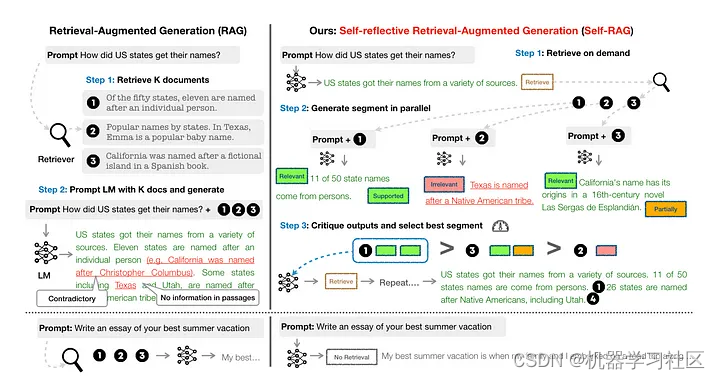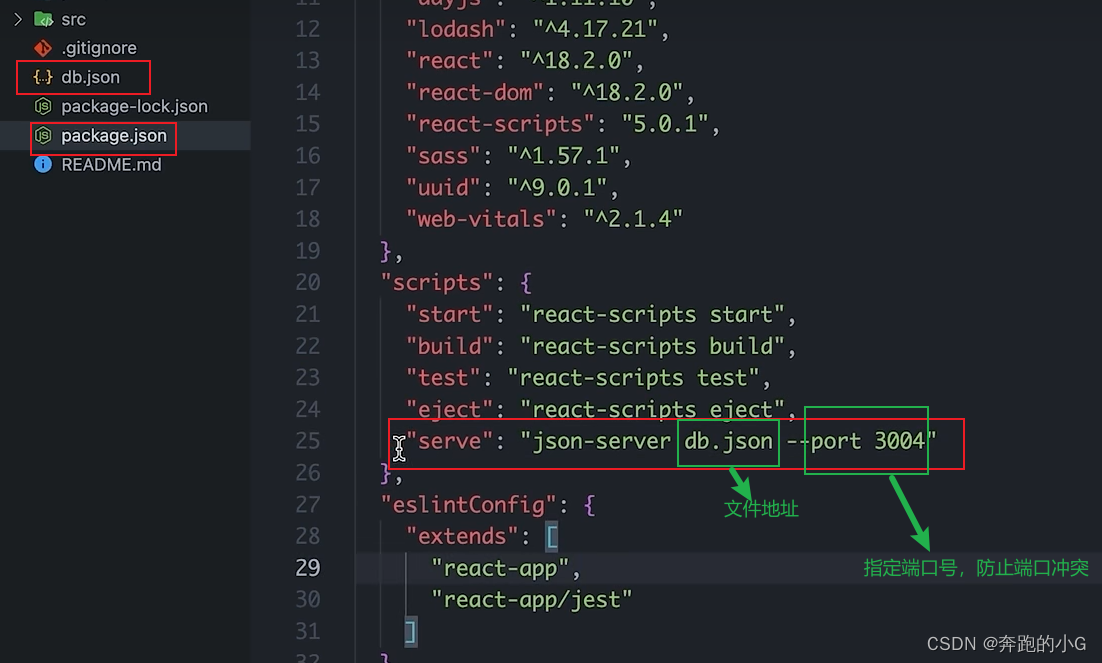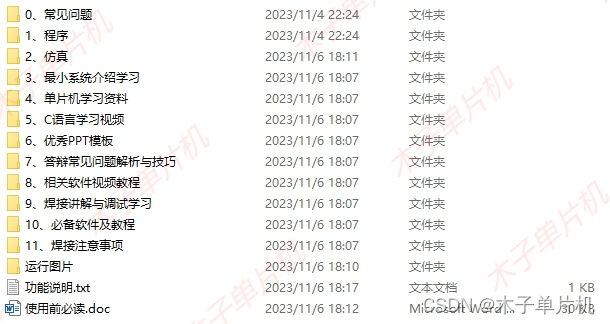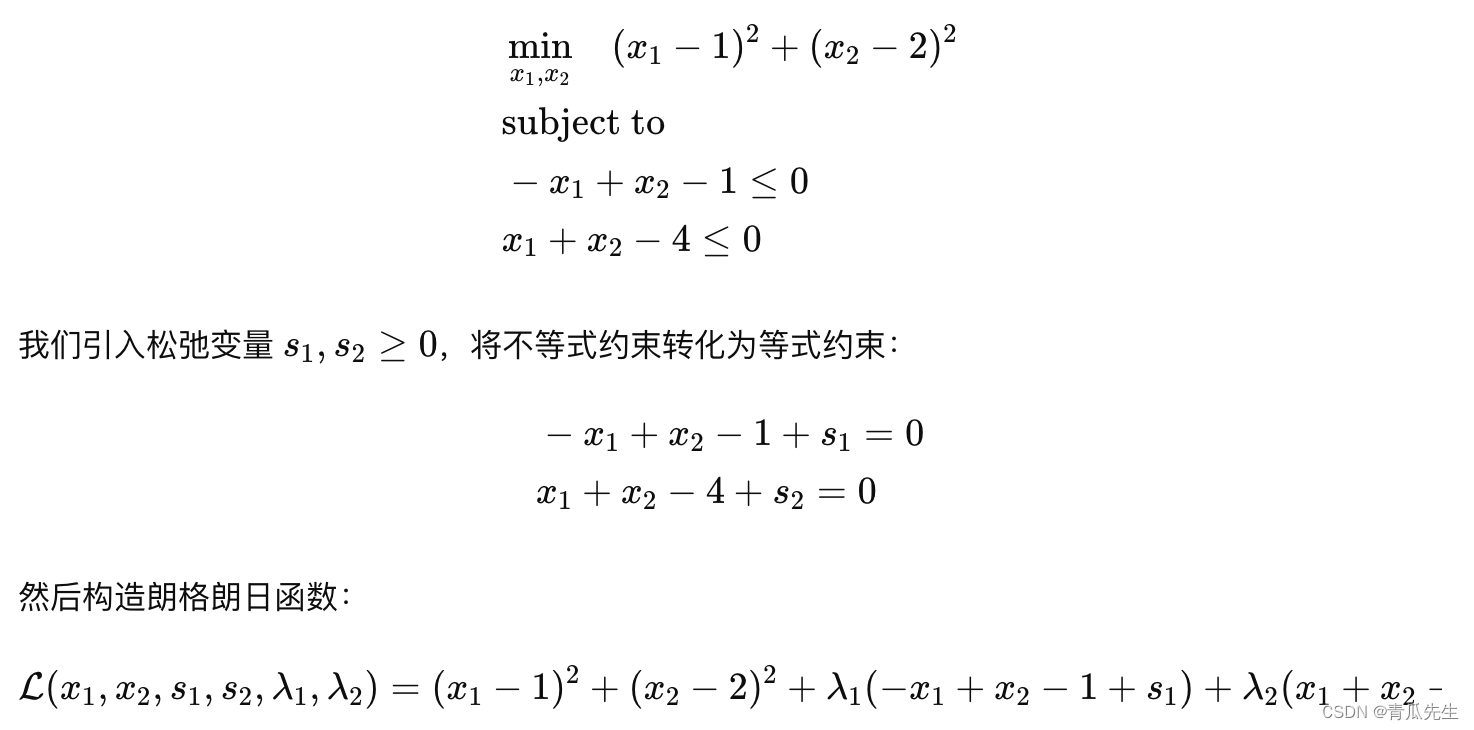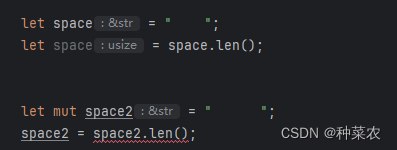题目链接
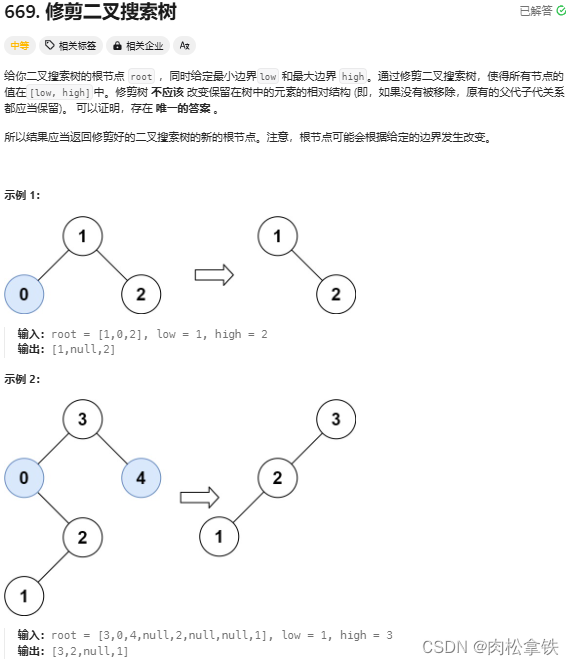
递归
/**
* Definition for a binary tree node.
* public class TreeNode {
* int val;
* TreeNode left;
* TreeNode right;
* TreeNode() {}
* TreeNode(int val) { this.val = val; }
* TreeNode(int val, TreeNode left, TreeNode right) {
* this.val = val;
* this.left = left;
* this.right = right;
* }
* }
*/
class Solution {
public TreeNode trimBST(TreeNode root, int low, int high) {
// 检查传入的 root 是否为 null。如果是,则说明树为空,直接返回 null。
if(root == null){
return null;
}
// 如果 root 的值小于范围下限 low,那么这个节点以及它的左子树中的所有节点都不在范围内。
// 因此,递归地对右子树进行修剪(即删除小于 low 的节点),并返回修剪后的右子树的根节点。
if(root.val < low){
TreeNode right = trimBST(root.right, low, high);
return right;
}
// 如果 root 的值大于范围上限 high,那么这个节点以及它的右子树中的所有节点都不在范围内。
// 因此,递归地对左子树进行修剪(即删除大于 high 的节点),并返回修剪后的左子树的根节点。
if(root.val > high){
TreeNode left = trimBST(root.left, low, high);
return left;
}
// 递归地对 root 的左右子节点进行修剪。即使 root 的值在范围内,它的子节点可能不在范围内,所以需要分别对左右子节点进行相同的修剪过程。
root.left = trimBST(root.left, low, high);
root.right = trimBST(root.right, low, high);
// 最后,在完成所有必要的修剪后,返回 root 节点。
return root;
}
}


